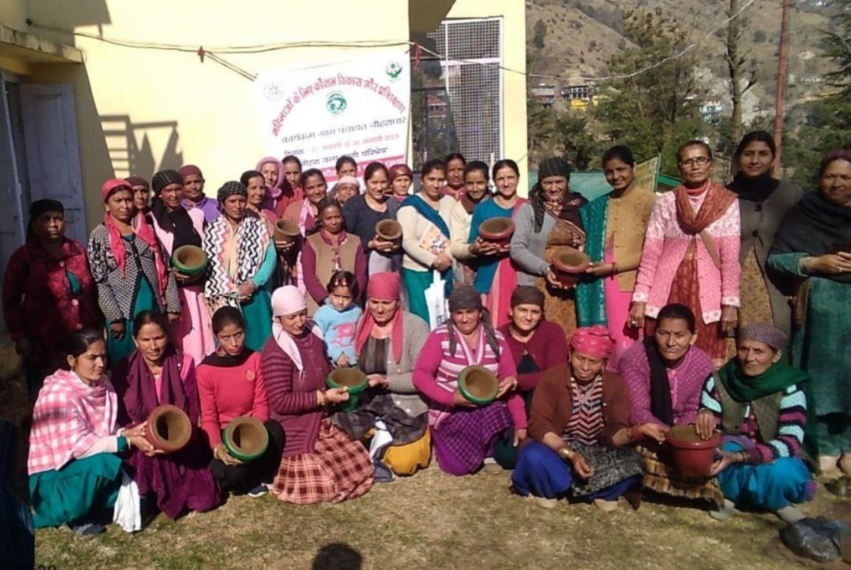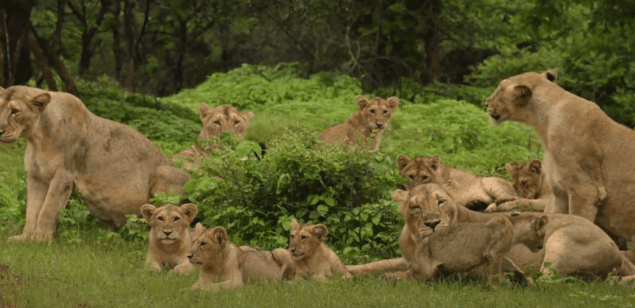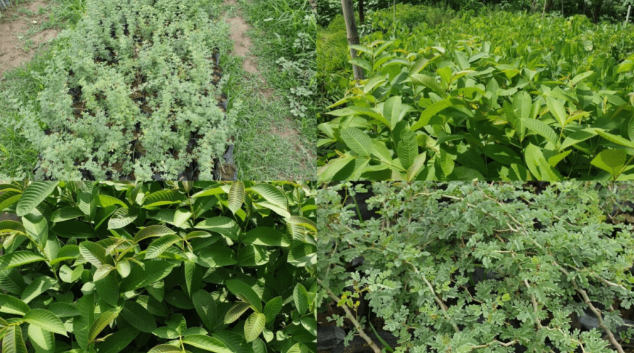From towering trees to the tiniest insects, every living thing plays a crucial role in the intricate web of life that sustains us all. But this web is under threat. Habitat destruction, pollution, and climate change are pushing countless species to the brink of extinction. This year’s theme, “Be Part of the Plan”, is a call to action for everyone to join the fight against biodiversity loss.
This IFS Officer’s Eco Development Promotes Sustainable Livelihood With Conserving Biodiversity

IFS officer N Ravisankar’s eco-development initiative in the Shimla Wildlife Division of Himachal Pradesh aims to reduce forest dependency and promote sustainable livelihoods through participatory conservation. The program identifies forest-dependent villages and individuals, particularly from lower socio-economic backgrounds, and provides training in various skills such as pine needle handicrafts, soap manufacturing, and food processing. These efforts have empowered over 800 individuals, mainly women, by offering alternative income sources and enhancing their social standing. Additionally, self-help groups now manage eco shops, creating livelihoods for about 50 women. This initiative also supports biodiversity conservation by reducing biotic pressure in protected areas. Future plans include establishing eco-development committees and expanding eco-tourism activities to further engage local communities in conservation efforts. The initiative has received wide appreciation and is seen as a replicable model for other states.
Project Dolphin Balancing Ocean Health and Human-Marine Life Coexistence

The Tamil Nadu government launched Project Dolphin to conserve the Indo-Pacific humpback dolphin and other species in the Gulf of Mannar Biosphere Reserve. The project, costing Rs. 8.13 crore, includes ecosystem restoration, enhanced patrolling, and community awareness to improve dolphin habitats and reduce bycatch. The initiative also involves underwater monitoring technologies and establishing a Dolphin Conservation Network. Fishermen will be sensitized and rewarded for participating in dolphin rescue efforts. Additionally, community-based dolphin ecotourism will be promoted to create economic opportunities and foster marine conservation. The project aims to protect dolphins and maintain ocean health through scientific research, community involvement, and innovative technologies.
This IFS Officer is Leading Wildlife Tech & Biodiversity Revival in Gir Forest

Dr. Mohan Ram, an Indian Forest Service officer, has revolutionized wildlife conservation in Gujarat’s Gir Forest with AI-based SIMBA software and a Carnivore Telemetry System. These technologies enhance monitoring and data collection, significantly aiding in the management and conservation of species like lions and leopards. Dr. Mohan’s efforts also led to the successful reintroduction of Indian Grey Hornbills, showcasing his commitment to biodiversity restoration. His innovative approach has set a global standard for preserving diverse species and habitats, making Gir Forest a model for wildlife conservation worldwide.
Making Forests Rich and Diverse

The Nalagarh Forest Division in Himachal Pradesh, led by former Deputy Conservator of Forest Yashu Deep Singh, implemented a native tree conservation exercise to enrich forest biodiversity. Previously, only 5-10 species were grown in nurseries, but this initiative, in collaboration with the Himalayan Forest Research Institute (HFRI) Shimla, aimed to plant a wider variety of native species to prevent their extinction due to climate change. A study by HFRI identified around 100 tree species in the region, including 5-10 new species for Himachal Pradesh. The division raised around 35 native species in nurseries, targeting 50 by March. A detailed report will document these species and provide guidelines for their cultivation and conservation. Geo-tagging will further aid in their preservation.
Article Credit : indianmasterminds